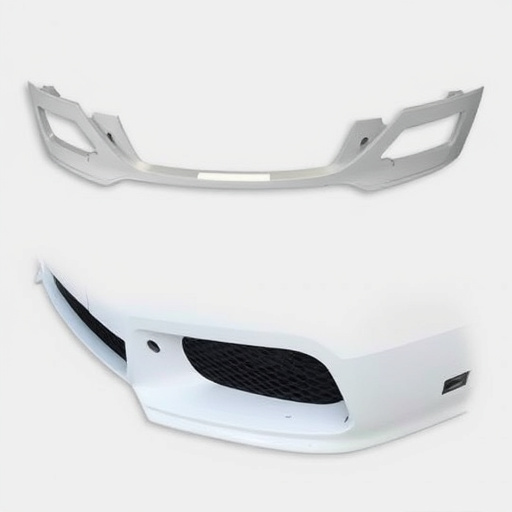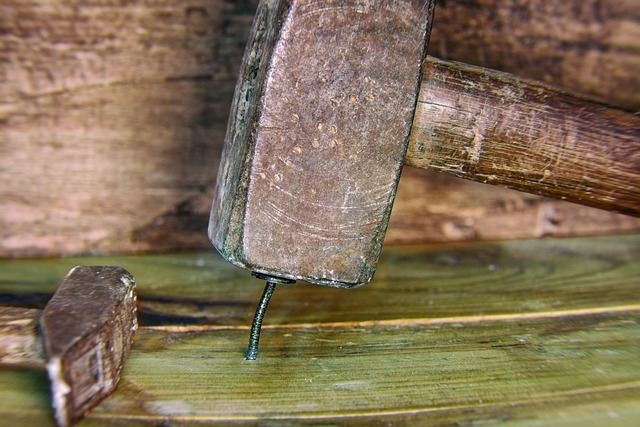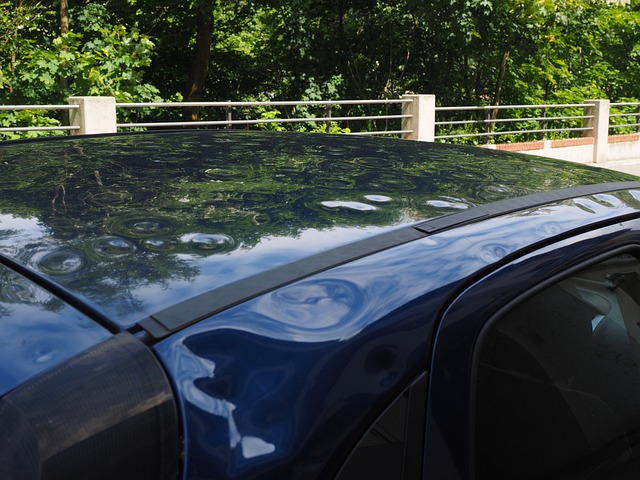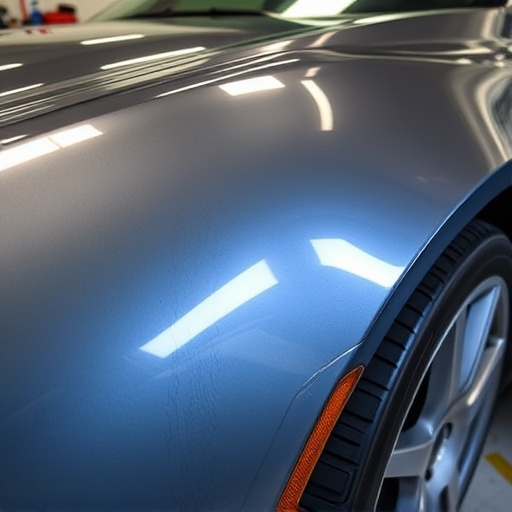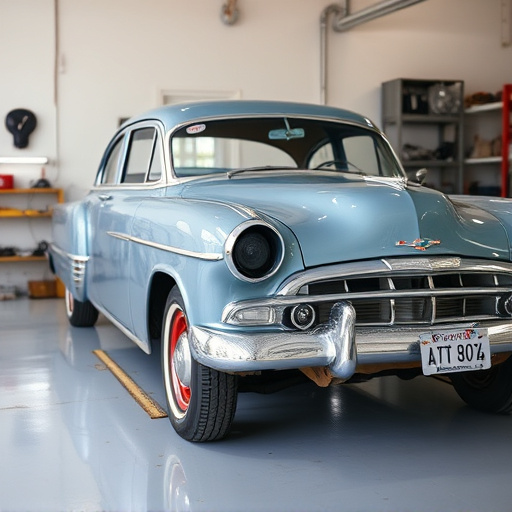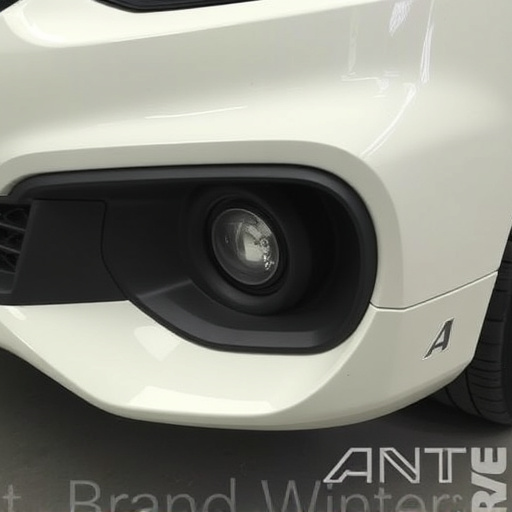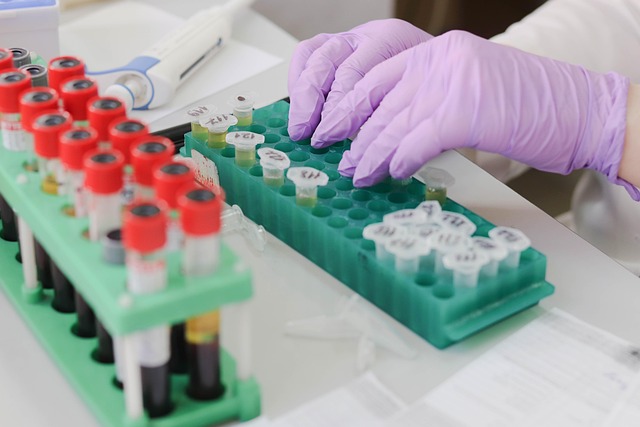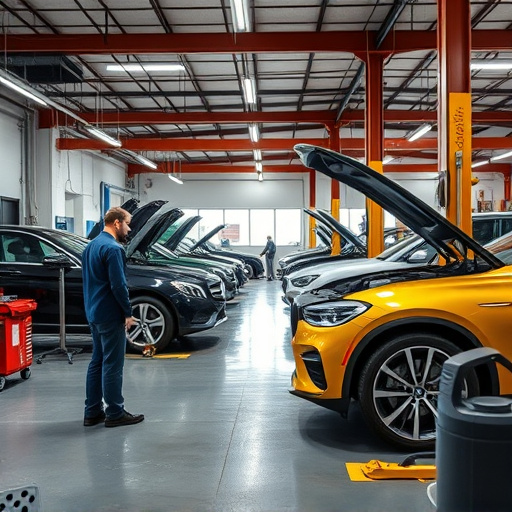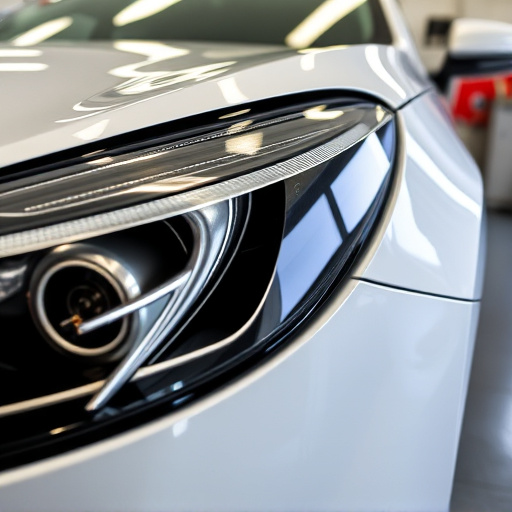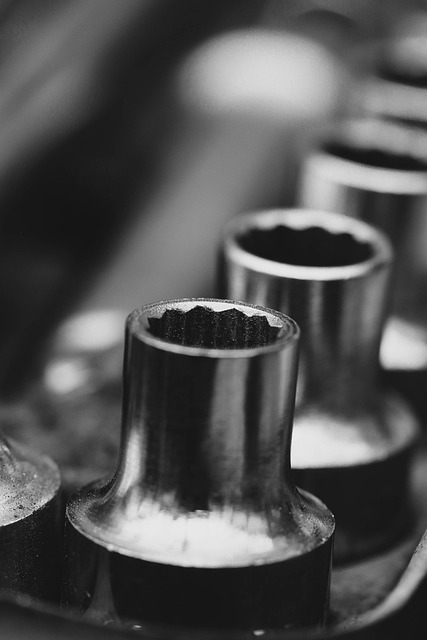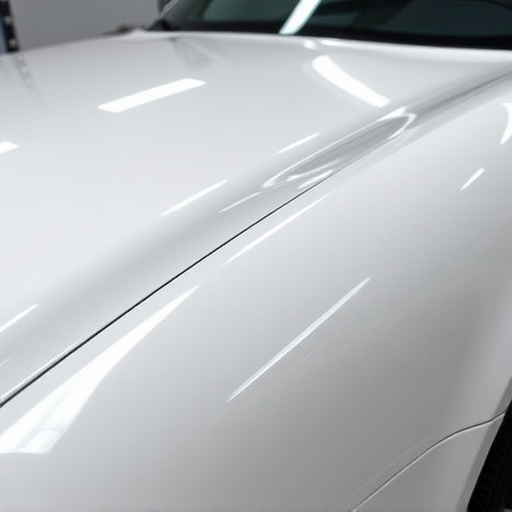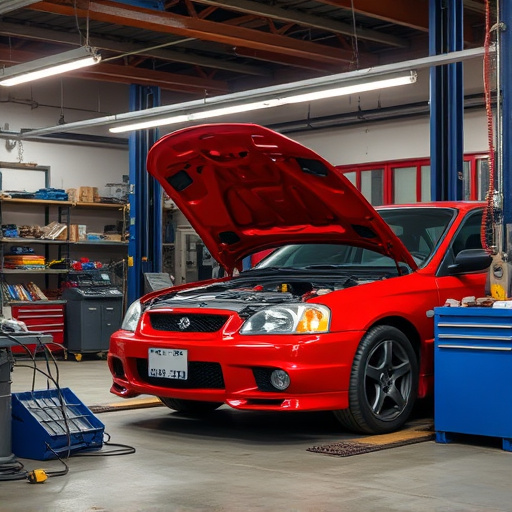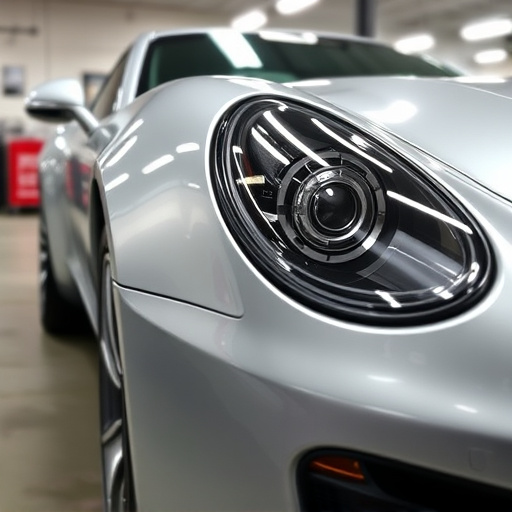MIG welding collision repair has revolutionized auto body shops with unprecedented precision and speed. This advanced technique offers better heat control, allowing for cleaner and more accurate welds across diverse metal types and thicknesses. By reducing the need for heavy grinding, it minimizes exposure to hazardous dust while speeding up repairs. Case studies show improved times and reduced costs in fleet repairs and intricate custom car builds, making MIG welding an indispensable tool in modern auto body work.
MIG welding collision repair is transforming the automotive industry by offering unparalleled precision and speed. This advanced technique utilizes a metallic inert gas to create strong, clean welds, minimizing heat input and resulting in faster cooling times. In this article, we’ll explore how MIG welding improves the collision repair process, from enhancing structural integrity to streamlining workflow. We’ll also delve into real-world applications through case studies, showcasing its effectiveness and efficiency.
- Understanding MIG Welding: A Powerful Tool for Collision Repair
- Precision and Speed Advantages: Enhancing the Repair Process
- Real-World Applications: Case Studies of Successful MIG Welding in Collision Repair
Understanding MIG Welding: A Powerful Tool for Collision Repair
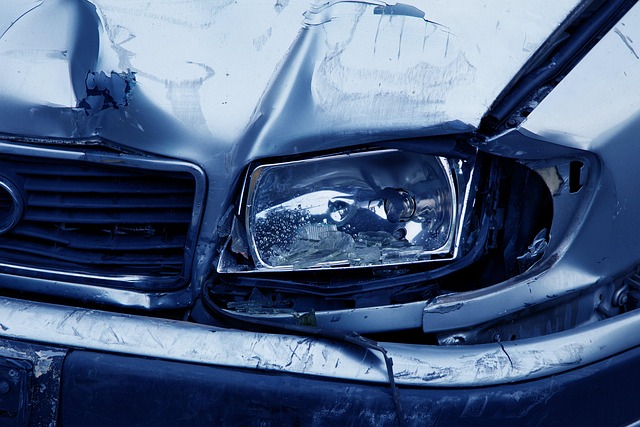
MIG welding collision repair has emerged as a powerful tool for auto body shops and vehicle repair services, offering unprecedented precision and speed in car repair. This advanced welding technique involves feeding continuous wire through a gun, creating a strong, precise joint by melting metal together. Unlike traditional methods, MIG welding allows for greater control over heat input, resulting in cleaner, more accurate welds that minimize warping and distortion—crucial aspects of high-quality car body restoration.
This method is particularly beneficial for collision repair due to its versatility. It can handle a wide range of metal types and thicknesses, making it suitable for various vehicle components and parts. Moreover, MIG welding reduces the need for heavy grinding and finishing, not only speeding up the overall repair process but also limiting exposure to hazardous dust and debris often associated with traditional car repair services.
Precision and Speed Advantages: Enhancing the Repair Process
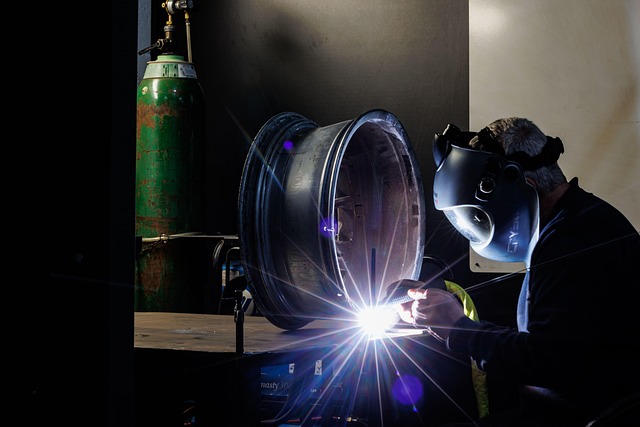
The introduction of MIG welding collision repair has revolutionized the way auto body shops approach car bodywork repairs and restoration. This modern technique offers a significant advantage in terms of both precision and speed, streamlining the entire collision repair process. With MIG welding, skilled technicians can achieve intricate and exacting welds, ensuring that damaged components are restored to their original specifications. This level of precision is particularly beneficial for complex auto body repairs, where even the slightest deviation can impact the structural integrity and overall performance of the vehicle.
By utilizing MIG welding, collision repair services can dramatically reduce repair times without compromising quality. The automated nature of the process allows for consistent, fast welds, enabling mechanics to efficiently handle multiple car dent repair tasks simultaneously. This enhanced speed not only benefits the shop by increasing productivity but also ensures that customers receive their vehicles back faster, meeting tight deadlines and exceeding expectations in terms of both repair effectiveness and turnaround time.
Real-World Applications: Case Studies of Successful MIG Welding in Collision Repair

MIG welding collision repair has proven its mettle in real-world scenarios across various case studies. Auto collision repair shops have witnessed significant improvements in precision and speed thanks to this technique. In one notable instance, a mid-size auto body shop implemented MIG welding for repairs on a fleet of delivery trucks. The results were impressive; welds were consistent, strong, and completed 25% faster than traditional methods. This efficiency boost not only reduced repair times but also lowered labor costs, making it an attractive option for busy auto collision repair facilities.
Another successful adoption was by a specialty shop focusing on custom car builds. They utilized MIG welding for intricate joinery in auto body work, achieving flawless fusion despite the complex geometry. The technique’s versatility allowed for precise adjustments during the repair process, ensuring every detail aligned with the vehicle’s original design. These real-world applications underscore the advantages of MIG welding collision repair, making it an indispensable tool in modern auto body work.
MIG welding collision repair stands out as a game-changer in the automotive restoration industry. By understanding its precision and speed advantages, this powerful tool enhances the repair process, enabling faster turnaround times and superior results. Real-world applications, as showcased in various case studies, demonstrate the effectiveness of MIG welding in restoring vehicles to their pre-accident condition, making it an indispensable method for collision repair professionals.
